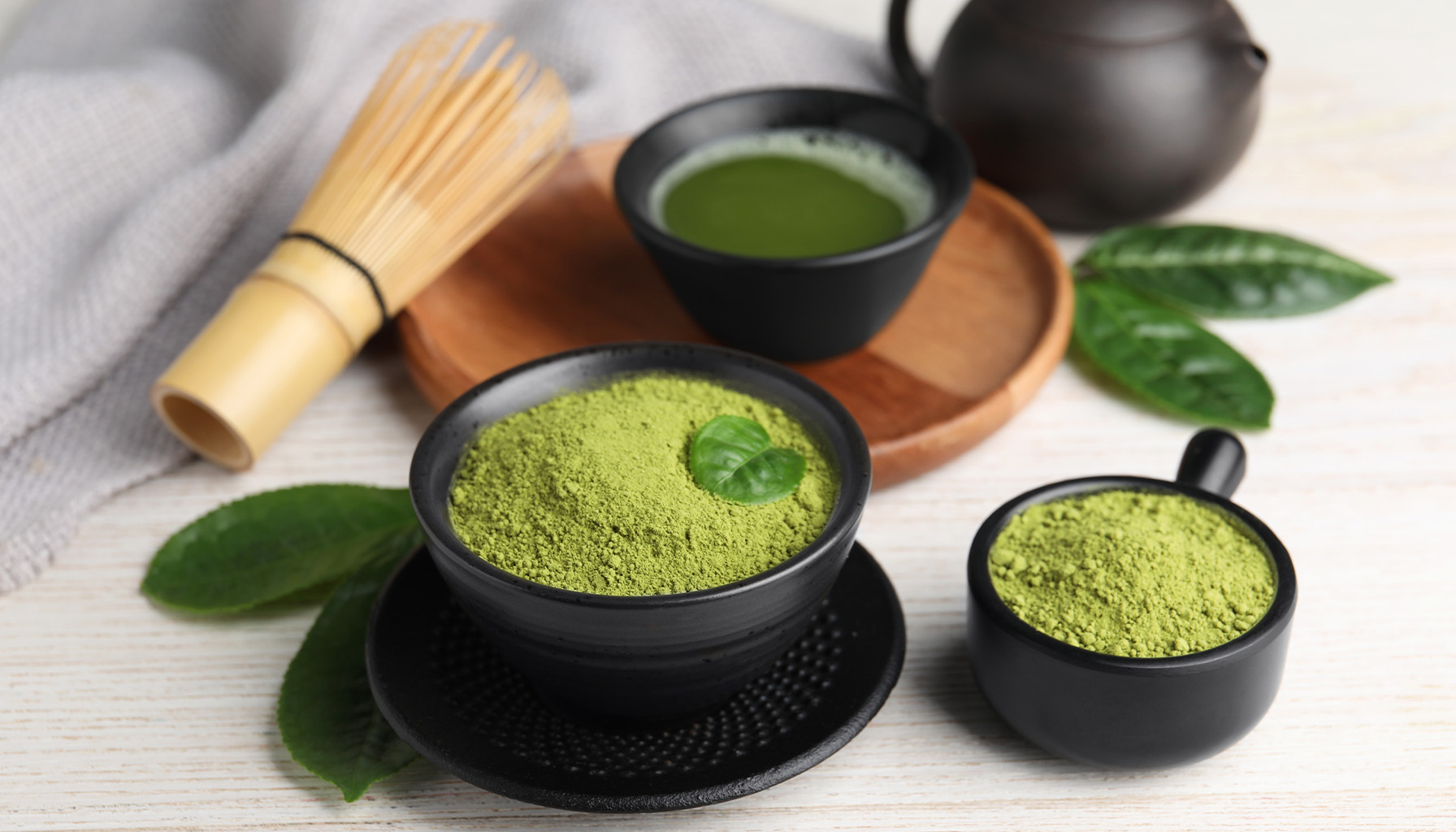Kratom, a tropical plant native to Southeast Asia, has gained popularity in recent years for its potential medicinal and recreational uses. However, its role and representation in popular culture are complex and often controversial.
In the United States, kratom has become increasingly popular as an alternative to prescription painkillers and other pharmaceutical drugs. Many people use kratom to manage chronic pain, anxiety, depression, and other health conditions. Some also use it recreationally for its euphoric effects.
Despite its growing popularity among certain segments of the population, kratom remains largely misunderstood by mainstream society. The plant’s legal status is a subject of ongoing debate, with some states banning its sale and possession due to concerns about potential abuse and addiction.
In popular culture, top kratom brands is often portrayed in a negative light. Media reports frequently focus on the plant’s potential risks and side effects while downplaying its potential benefits. This one-sided portrayal has contributed to misconceptions about kratom and hindered efforts to research its therapeutic properties.
However, there are also positive representations of kratom in popular culture. Some advocates argue that the plant can be a safer alternative to traditional pharmaceuticals for managing pain and other health issues. They point to anecdotal evidence suggesting that kratom can improve quality of life for many individuals.
Additionally, some artists have incorporated themes related to kratom into their work. For example, musicians have written songs about their experiences with the plant or used it as inspiration for their lyrics. Visual artists have created paintings or sculptures depicting scenes from Southeast Asia where kratom grows naturally.
Overall, the role of kratom in popular culture is evolving as more people become aware of its potential benefits and drawbacks. While some continue to demonize the plant as a dangerous substance with no legitimate uses, others are advocating for more research into its therapeutic properties.
As society grapples with issues related to opioid addiction and chronic pain management, kratom will likely continue to play a prominent role in discussions about alternative treatments. Its representation in popular culture will shape public perceptions of the plant and influence future policy decisions regarding its legality.
In conclusion, kratom’s role in popular culture is multifaceted and constantly changing. While some view it as a dangerous drug with no redeeming qualities, others see it as a valuable tool for improving health outcomes. As research into kratom continues, society will need to reassess how it views this controversial plant and determine how best to regulate its use within legal boundaries.




